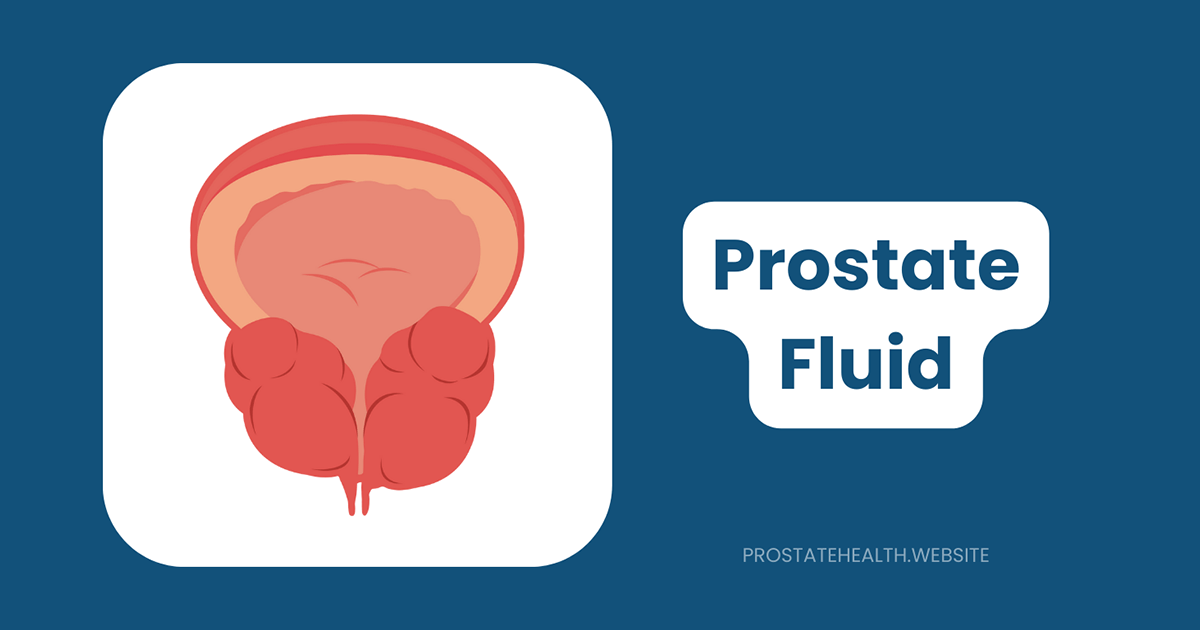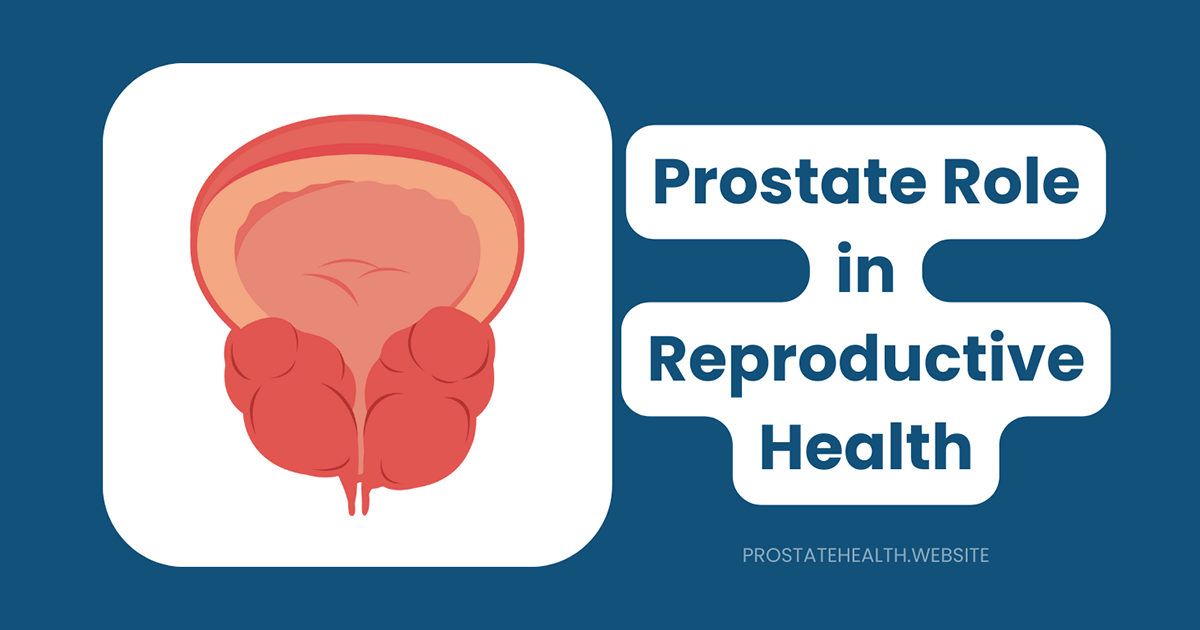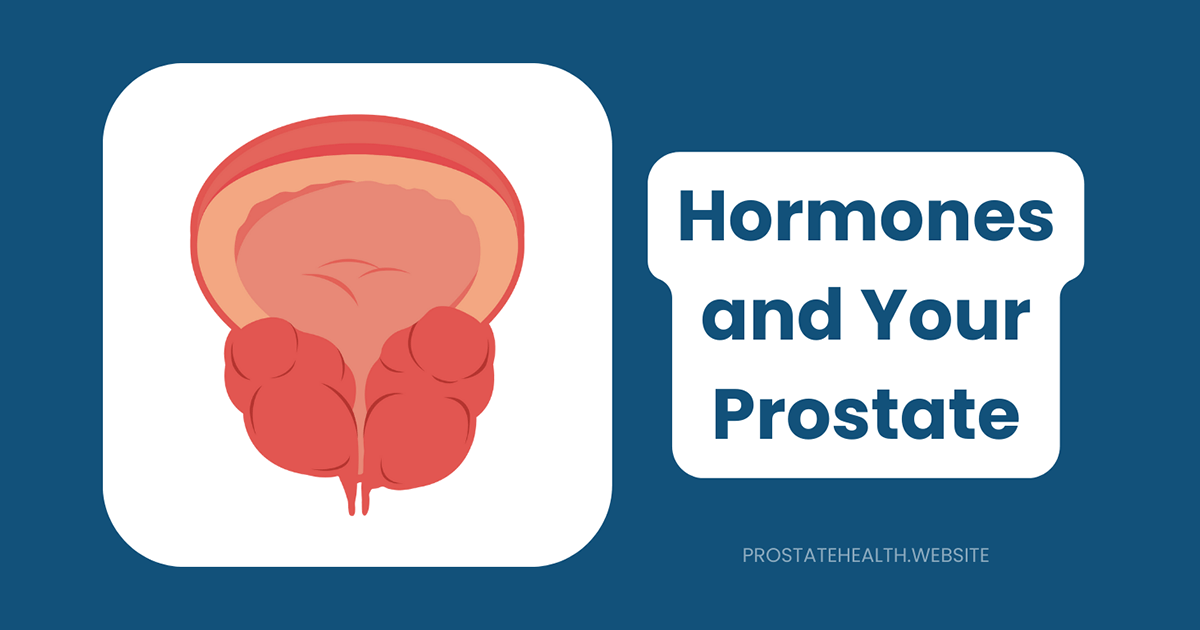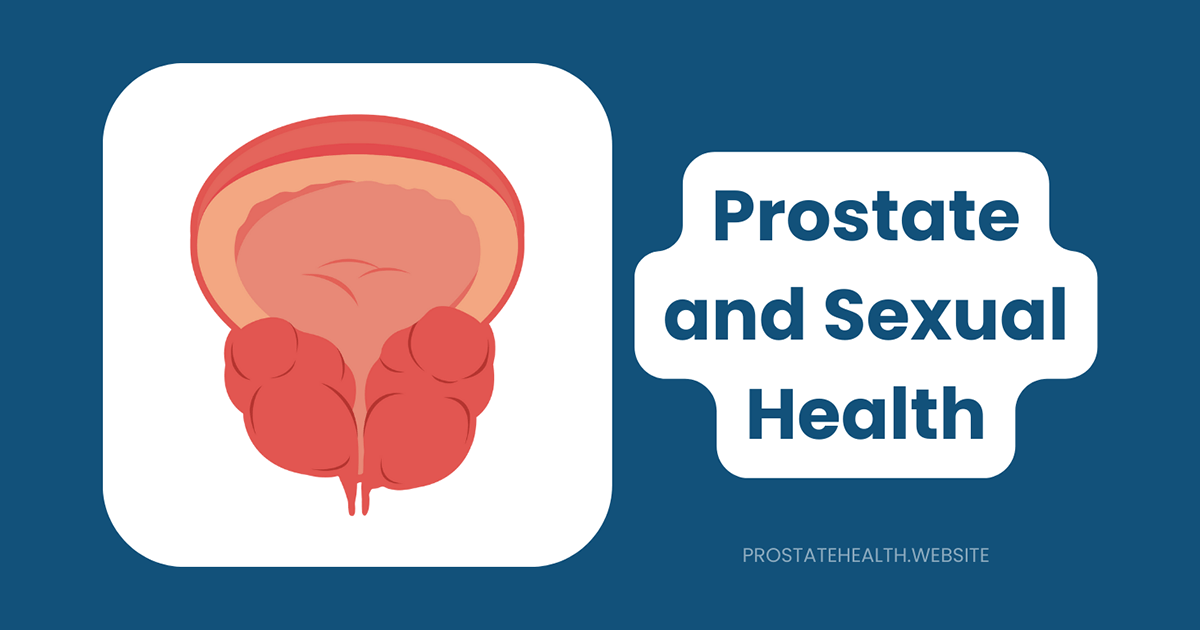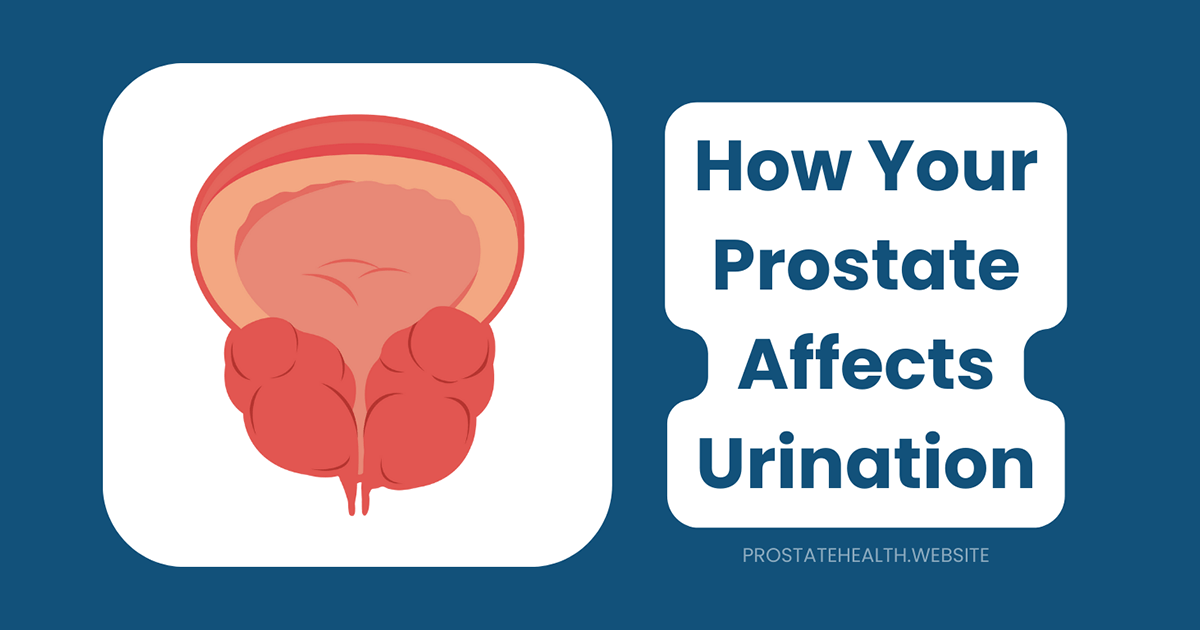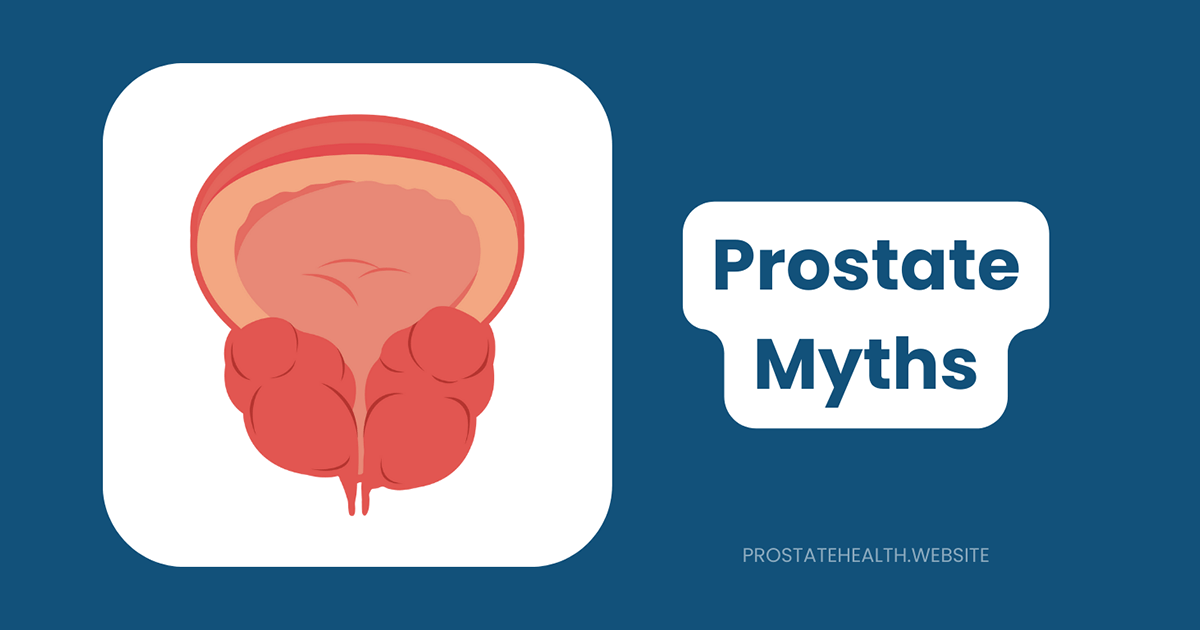How the Prostate Changes Throughout a Man’s Life
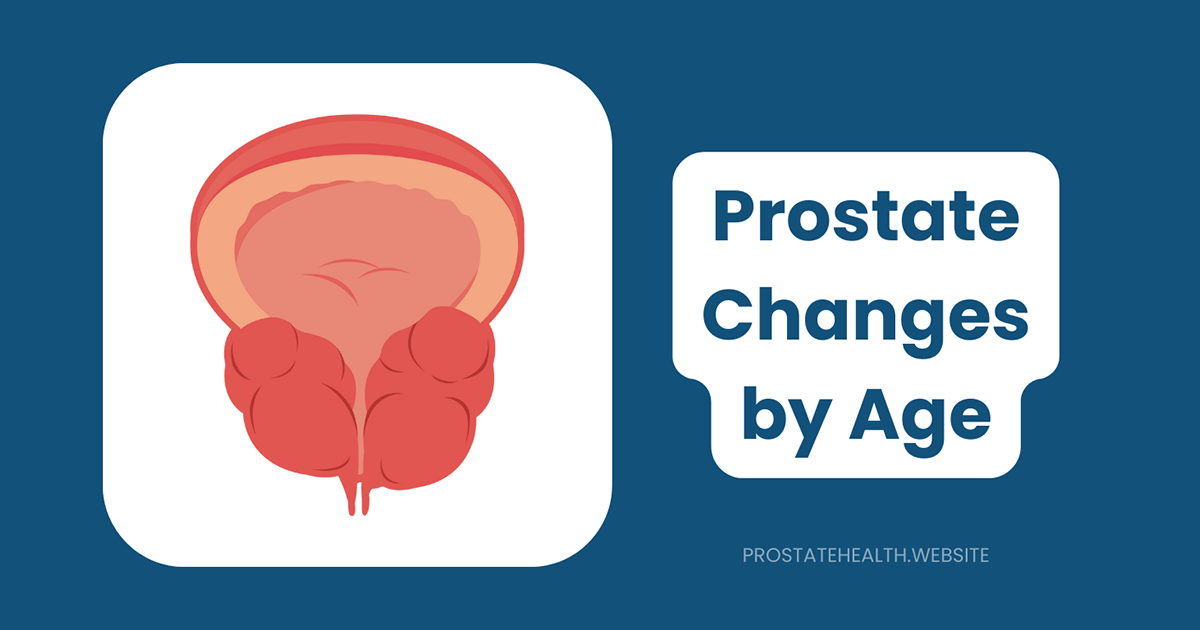
When I first started talking to men about prostate health, I noticed a common thread in our conversations: most men have little understanding of how their prostate changes throughout their lifetime. It’s as if this walnut-sized gland remains invisible until something goes wrong. Yet understanding these natural changes can empower you to recognize what’s normal and when to seek help.
The prostate’s journey from birth to old age is a fascinating one, marked by distinct growth phases and influenced by hormones, genetics, and lifestyle factors. Let’s explore this journey together and shed light on what you can expect as the years pass.
The Early Years: From Birth to Puberty
Contrary to what many believe, the prostate isn’t dormant during childhood. This small gland begins forming around the 10th-12th week of gestation and continues developing throughout pregnancy. By birth, it’s already present, though tiny—about the size of a pea.
During infancy, there’s actually a brief growth spurt sometimes called “mini-puberty,” where the prostate grows to approximately 10 grams during the first 6-9 months. After this initial growth, the prostate remains relatively stable throughout childhood, quietly waiting for the hormonal signals that will trigger its next phase of development.
During these early years, the prostate rarely causes any issues. Children don’t typically experience prostate problems, and parents don’t need to worry about prostate health during this stage. The gland is simply developing and preparing for its future roles.
The Transformation: Puberty and Young Adulthood
When a boy enters puberty—typically between ages 9 and 14—the prostate undergoes its first significant growth phase. This growth is triggered by the surge in testosterone that characterizes male puberty.
During this period, the prostate doubles in size, gradually developing into the walnut-sized gland (about 20-25 cubic centimeters or 15-20 grams) that’s considered normal for a young adult. By around age 20, the prostate has typically reached its standard adult size and is fully functional.
This growth during puberty isn’t just about size—it’s also about function. The prostate begins producing prostatic fluid, an essential component of semen that helps nourish and protect sperm. This marks the beginning of the prostate’s active role in reproductive health.
For most young men, the prostate remains trouble-free during this period. Prostate issues are rare in this age group, though not impossible. Conditions like prostatitis (inflammation of the prostate) can occasionally affect younger men, often due to bacterial infections.
The Quiet Years: Early to Mid-Adulthood
From the completion of puberty until about age 25, the prostate typically enjoys a period of stability. During these years, men generally experience few prostate-related issues, and the gland maintains its walnut-sized dimensions.
However, around age 25, something significant happens: the prostate enters its second growth phase. Unlike the rapid growth during puberty, this second phase is much more gradual—so slow that most men won’t notice any changes for decades.
During early to mid-adulthood (roughly ages 25-40), this growth is usually minimal. The prostate might increase slightly in size, perhaps reaching the dimensions of an apricot by age 40, but for most men, this doesn’t cause noticeable symptoms.
This period is an excellent time for men to establish healthy habits that can support long-term prostate health:
- Maintaining a balanced diet rich in fruits, vegetables, and healthy fats
- Staying physically active
- Managing stress effectively
- Avoiding excessive alcohol consumption
- Not smoking
These lifestyle choices won’t prevent the prostate from growing—that’s a natural part of aging—but they may help moderate the growth and reduce the risk of problematic symptoms later in life.
The Middle Years: When Changes Become Noticeable
As men enter their 40s and 50s, the prostate’s second growth phase becomes more significant. By age 50, the prostate may have grown to the size of a small lemon in many men, though there’s considerable variation from person to person.
This growth primarily affects the transition zone of the prostate—the area surrounding the urethra. As this tissue expands, it can begin to compress the urethra, potentially leading to urinary symptoms.
This condition is known as benign prostatic hyperplasia (BPH) or simply an enlarged prostate. It’s important to understand that BPH is not cancer and doesn’t increase cancer risk—it’s a natural, albeit sometimes troublesome, part of aging for many men.
By age 50, approximately 50% of men show some signs of prostate enlargement. However, not all men with an enlarged prostate experience symptoms. The size of the prostate doesn’t always correlate with symptom severity—some men with significantly enlarged prostates have minimal symptoms, while others with modest enlargement experience considerable discomfort.
When symptoms do occur, they typically include:
- Frequent urination, especially at night (nocturia)
- Difficulty starting urination
- Weak or interrupted urine stream
- Urinary urgency
- Dribbling at the end of urination
- Feeling that the bladder hasn’t completely emptied
These symptoms tend to develop gradually, often over years rather than months. Many men adapt to these changes without seeking help, but doing so can lead to complications down the road.
The Later Years: Managing an Aging Prostate
As men move into their 60s, 70s, and beyond, prostate growth typically continues. By age 60, the prostate may be the size of a tennis ball in some men. By age 80, approximately 80-90% of men have some degree of prostate enlargement.
During these later years, prostate health becomes a more significant concern for several reasons:
- Increased BPH prevalence and severity: Symptoms often become more pronounced, potentially affecting quality of life.
- Higher risk of prostate cancer: While not related to BPH, prostate cancer risk increases with age, with the average age at diagnosis being about 66.
- Potential complications: Untreated BPH can lead to urinary retention, bladder infections, bladder stones, and even kidney damage in severe cases.
- Interaction with other health conditions: As men age, they’re more likely to have other health issues and take medications that might affect urinary function or complicate prostate treatment.
Managing prostate health during these years often involves a combination of approaches:
Medical Treatments for BPH
Several effective medications can help manage BPH symptoms:
- Alpha blockers relax the muscles around the prostate, making urination easier
- 5-alpha reductase inhibitors can actually shrink the prostate over time by blocking the hormone that promotes growth
- Phosphodiesterase-5 inhibitors (also used for erectile dysfunction) can help with urinary symptoms in some men
For more severe cases, minimally invasive procedures or surgery might be recommended. Modern approaches like laser therapy and UroLift offer alternatives to traditional surgery with faster recovery times.
Hormonal Changes and the Aging Prostate
It’s worth noting that as men age, testosterone levels naturally decline by approximately 1-2% annually. This change, sometimes called andropause or late-onset hypogonadism, might seem like it would reduce prostate growth (since testosterone influences prostate development).
However, the relationship is complex. Even with declining testosterone, the prostate typically continues to grow. This is partly because the ratio of estrogen to testosterone increases with age, and estrogen can also stimulate prostate growth. Additionally, the prostate becomes more sensitive to hormonal stimulation as men age.
Prostate Cancer: A Different Kind of Change
While discussing how the prostate changes throughout life, we must address prostate cancer—a change that’s not part of normal aging but becomes more common as men age.
Unlike BPH, which affects the transition zone of the prostate, cancer most commonly develops in the peripheral zone—the outer part of the gland. This is why the two conditions cause different symptoms and why a digital rectal exam can often detect cancer but might miss BPH.
According to the American Cancer Society, about 1 in 8 men will be diagnosed with prostate cancer during his lifetime. The risk increases significantly with age:
- The chance of diagnosis before age 50 is about 1 in 350
- The chance between ages 50 and 59 is about 1 in 52
- The chance between ages 60 and 69 is about 1 in 19
However, it’s important to note that many prostate cancers grow slowly. In fact, many men with prostate cancer will never experience symptoms and will die from other causes. This is why healthcare providers often take an individualized approach to prostate cancer screening and treatment, especially in older men.
Taking Control: Proactive Prostate Health Throughout Life
Understanding how your prostate changes throughout life empowers you to take appropriate action at each stage. Here’s a roadmap for proactive prostate health by decade:
In Your 20s and 30s
- Establish healthy lifestyle habits that support overall and prostate health
- Be aware of symptoms of prostatitis, which is more common in younger men
- Consider baseline PSA testing if you have risk factors like family history or African ancestry
In Your 40s
- Begin discussions with your healthcare provider about prostate screening
- Address any urinary symptoms promptly rather than dismissing them
- Continue healthy lifestyle practices, including regular exercise and a balanced diet
- Maintain a healthy weight, as obesity is linked to more severe BPH symptoms
In Your 50s
- Follow recommended screening guidelines for prostate cancer
- Don’t ignore urinary symptoms—early intervention for BPH can prevent complications
- Consider supplements like saw palmetto, beta-sitosterol, or pygeum if recommended by your healthcare provider
- Stay physically active, as regular exercise can help reduce BPH symptoms
In Your 60s and Beyond
- Continue regular prostate check-ups and screenings as recommended
- Discuss the benefits and risks of prostate cancer screening based on your overall health
- Be proactive about managing BPH symptoms
- Stay informed about new treatment options for prostate conditions
- Maintain social connections and mental health, as these affect how well you cope with health challenges
When to Seek Help: Recognizing Problematic Changes
Throughout a man’s life, certain prostate changes warrant medical attention. Contact your healthcare provider if you experience:
- Difficulty urinating or a weak urine stream
- Blood in urine or semen
- Frequent urination, especially at night
- Pain or burning during urination
- Persistent pain in the lower back, hips, or pelvic area
- Painful ejaculation
- Sudden inability to urinate (this requires emergency care)
Remember, many men feel embarrassed discussing prostate issues, but these symptoms are medical concerns that deserve attention. Healthcare providers deal with these issues every day and can offer solutions that significantly improve quality of life.
Conclusion: Embracing the Journey
The prostate’s journey throughout a man’s life is a natural progression marked by predictable changes. From its early development before birth to its continued growth in later years, this small gland plays important roles in both reproductive and urinary health.
Understanding these changes helps normalize the aging process and empowers men to seek appropriate care when needed. While we can’t stop the prostate from changing as we age, we can manage those changes effectively with the right knowledge, lifestyle choices, and medical care.
I’ve found that men who understand their bodies are more likely to take proactive steps toward health and seek help when something doesn’t feel right. Breaking the silence around prostate health is one of the most important things we can do for ourselves and the men in our lives.
What prostate changes have you noticed as you’ve gotten older? Have you had conversations with your healthcare provider about prostate health? Starting these discussions is the first step toward a healthier future.

